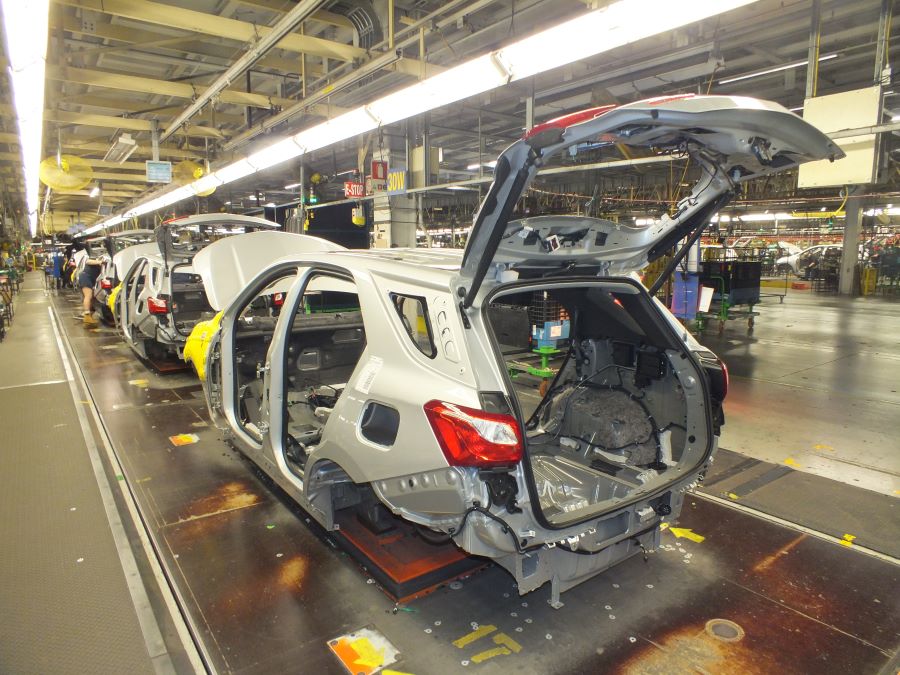CAMBRIDGE, England—Thermal management is critical for electric vehicle battery packs. Without it, fires are a constant threat. Unfortunately, that has been a thorn in the side of recent EV deployment efforts, says a new report from IDTechEx entitled Thermal Management for Electric Vehicles 2020-2030.
Numerous EVs have been recalled this year due to battery fires. Since January, seven different automakers in China have recalled more than 10,000 vehicles. General Motors has recalled more than 60,000 Chevy Bolts, telling owners not to park their cars near their house or in their garage for risk of fire.
According to the report, almost every OEM with an EV has had at least one serious fire-related incident. The causes of these fires have varied, with contaminants in the cells being the cause in some cases and poor thermal design allowing batteries to overheat in others.
“Regardless of the root cause, the importance of preventing cell overheating and detection and containment of thermal runaway is a topic of growing importance,” says James Edmondson, a technology analyst at IDTechEx who is one of the authors of the report. “EVs have several areas which require effective thermal management. Their high-voltage batteries, traction motors and power electronics all require a specific temperature range for optimal operation. How this is incorporated with the vehicles’ cabin climate control is also a crucial area.
“In recent years, we have seen EV manufacturers transition away from cooling their batteries passively or with forced air toward water-glycol systems,” explains Edmondson. “Liquid-cooled batteries [have become] the most popular form of battery cooling in electric vehicles.
“Nissan has historically been one of the main proponents of air cooling in their EVs with the Leaf,” notes Edmondson. “However, the newly announced Ariya will utilize liquid cooling.”
Vehicles ranging from the Honda e to the Porsche Taycan also use liquid-cooled battery packs.
“Heating the cabin is one area that combustion vehicles have an advantage over EVs,” says Edmondson. “The excess heat from a combustion engine can be used to warm the cabin, whereas, in an EV, many utilize a simple resistive heater, which drains the battery.”
According to Edmondson, more and more credence is being given to heat pumps, which can cool or warm a battery efficiently. When cooling the battery, the excess heat is sent to the cabin heater. Heat from the ambient air can also be redirected to the cabin heater.
“Nissan was the first to utilize a heat pump back in 2013,” claims Edmondson. “In 2020, the vast majority of EV models released had heat pumps installed, including offerings from Hyundai, Mini, Vauxhall and Volkswagen.”
This year also marked the first deliveries of the Model Y, Tesla's first model using a heat pump. Since then, Tesla has announced that its update Model 3, due for release in 2021, will also feature a heat pump.
To learn more about Thermal Management for Electric Vehicles 2020-2030, click www.idtechex.com.



